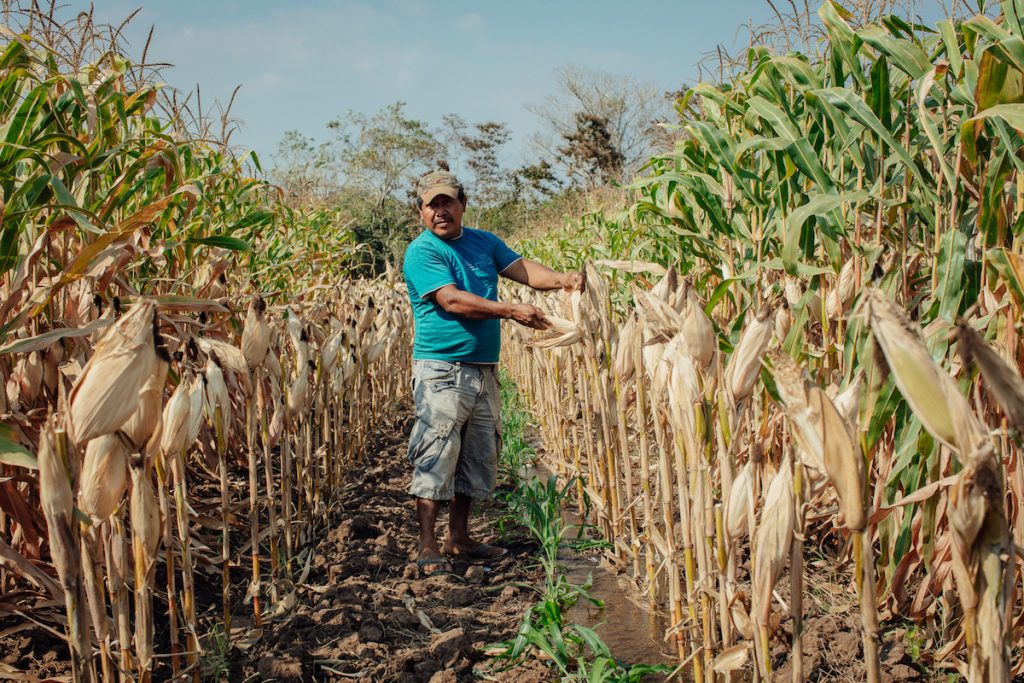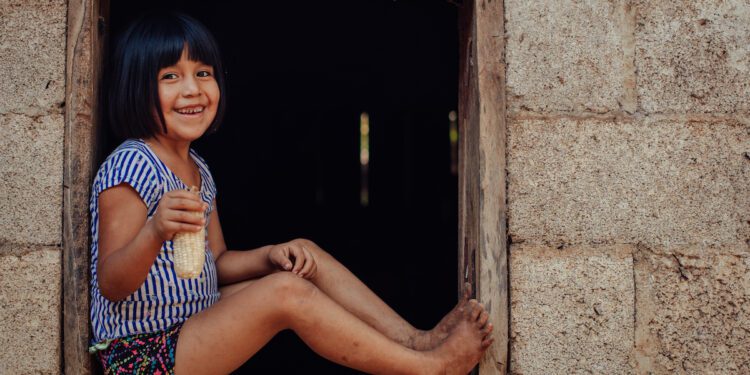The last mile
“We need to be able to impact farmers with our improved germplasm,” said San Vicente. “Semilla Nueva takes us to the last mile, to the farmers, which alone we could not do, so that our breeding work can achieve impact in farmers’ fields and lives.”
Semilla Nueva targets commercial farmers in Guatemala, as they are the main source of maize consumed in the country. Typically, a quarter of their harvest is consumed at home and surplus is sold in local markets, meaning that the zinc maize not only provides increased income to farmers, but also improves nutrition in their families, communities and country at large.
“CIMMYT, along with partners like HarvestPlus, have provided the technologies and support to allow us to come up with new ways to improve farmers’ lives. Tapping into decades of research from qualified scientists is the only way that an organization of our size can have hope of making an impact in the lives of millions of farmers. That’s what makes the partnership so incredible,” said Curt Bowen, executive director and cofounder of Semilla Nueva. “We provide the innovative way to get technologies to farmers through our social enterprise model. CIMMYT and HarvestPlus come up with the technologies that we never could have come up with on our own. Together, we help thousands of families make huge changes in their lives and take on malnutrition, which is one of the world’s biggest challenges to ending global poverty.”
Semilla Nueva plans to produce 5,000 bags of Fortaleza F3 next year, which will represent 5 percent of the Guatemalan hybrid seed market.
 Farmer Rómulo González on his maize plot.Photo: Sarah Caroline Mueller.
Farmer Rómulo González on his maize plot.Photo: Sarah Caroline Mueller.
“Farmers have responded very positively to Fortaleza F3. They are convinced of its performance, especially during the dry season,” said Angela Bastidas, senior operations director at Semilla Nueva. “The way we approach farmers is not different than other seed companies; through farm visits, meetings, or field days. We are not reinventing the wheel. The difference with us has been offering farmers exactly what they need in terms of maize performance and price. Additionally, they find that our maize produces soft tortillas that taste better!” she explained.
In the end, the results speak for themselves. Fortaleza F3 increases yields by 13 percent and profits by $164 per bag compared to other mid-priced seeds, which goes a long way in improving farming families’ livelihoods, food security and nutrition.
“With Fortaleza F3, I pay less for the seed compared to other mid-priced competitors that I used to plant. F3 also yields more, giving me a greater profit,” said Rómulo González, a farmer from the southern coast of Guatemala. “With the extra income I’ve gotten since switching to F3, I’ve been paying for my daughter to go to school. Fortaleza F3 not only gave me a good harvest, but also the ability to support my daughter’s education.”
Source link : https://www.cimmyt.org/news/better-together-partnership-around-zinc-maize-improves-nutrition-in-guatemala/
Author :
Publish date : 2018-10-16 03:00:00
Copyright for syndicated content belongs to the linked Source.












